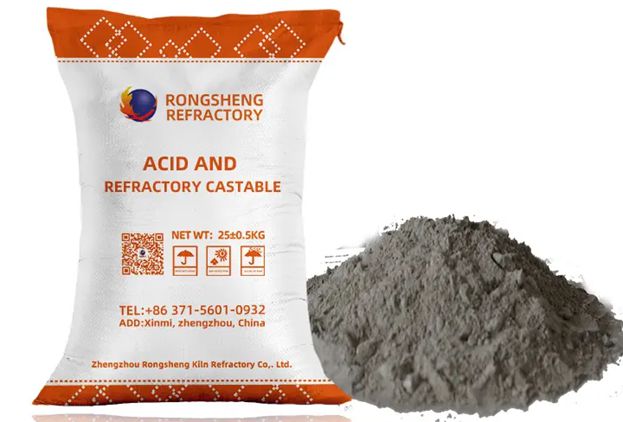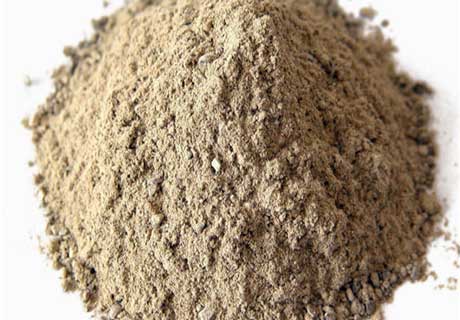
Acid-resistant castable is made of water glass as a binding agent, acidic or acidic refractory materials as aggregate and powder, and a small amount of coagulant.
Alkali-resistant refractory castables are alkali-resistant castables prepared with aluminum silicate materials as refractory aggregates and powders, and aluminate cement and admixtures. This type of castable is divided into heavy and light types and has good high temperature performance and alkali erosion resistance.
The difference between acid-resistant castables and alkali-resistant castables:
1. From the perspective of material shape and composition, acid-resistant castables are gray-white powdery refractory materials, and alkali-resistant castables are ceramic granular refractory materials;
2. From the perspective of performance principles, when the acid-resistant castable encounters acid gas erosion during use, the main components inside will react chemically and indoors with it, forming a protective film on the surface of the castable to isolate it from contact with the air. , thereby protecting building materials; when alkali-resistant castables encounter alkali gas erosion during use, they will react chemically with alkali gases to form a high-viscosity protective layer that adheres to the surface of the castables, thereby preventing alkali from attacking building materials. It protects the building materials well against corrosion. At the same time, the alkali-resistant castable uses modern ultrafine powder technology to significantly improve its strength;
3. For construction workers, it has excellent characteristics such as simple and safe construction, easy maintenance, and good mobility.



